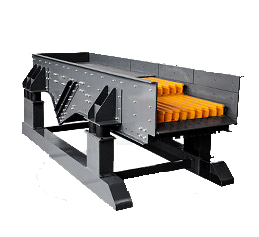A barite grinding plant involves several stages, including mining, crushing, grinding, and beneficiation, to produce high-quality barite powder for industrial applications (e.g., oil & gas drilling, paints, chemicals). Below is an overview of the equipment and processes involved:
—
1. Mining
Barite is typically extracted from open-pit or underground mines using conventional drilling and blasting methods.
– Equipment Used:
– Excavators
– Bulldozers
– Haul trucks
– Drilling rigs
—
.jpg) 2. Crushing (Primary & Secondary)
2. Crushing (Primary & Secondary)
After mining, raw barite ore is crushed into smaller pieces for further processing.
– Equipment Used:
– Jaw Crusher (Primary crushing) – reduces large chunks to ~150-200mm.
– Impact Crusher / Cone Crusher (Secondary crushing) – further reduces size to ~20-50mm.
—
3. Grinding (Fine Powder Production)
Crushed barite is ground into fine powder (typically 200-325 mesh for drilling mud).
– Equipment Used:
– Raymond Mill – Traditional choice for fine grinding (80-325 mesh).
– Ball Mill – For ultra-fine grinding (90%).
# Methods & Equipment:
1. Gravity Separation (Washing & Jigging) – Removes heavy impurities.
– Spiral classifiers, jigging machines.
2. Magnetic Separation – Removes iron-bearing minerals.
– Wet/dry magnetic separators.
3. Flotation – For gh-purity barite (>95% BaSO₄).
gh-purity barite (>95% BaSO₄).
– Froth flotation cells with collectors (fatty acids).
—
5. Drying & Packaging
After beneficiation, barite powder is dried and packed for shipment:
– Rotary dryers / fluidized bed dryers → removes moisture.
– Automated packing machines → bags or bulk shipments.
—
Key Considerations





Leave a Reply